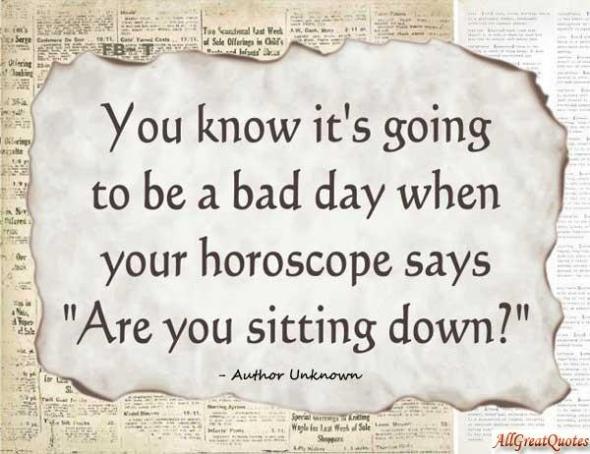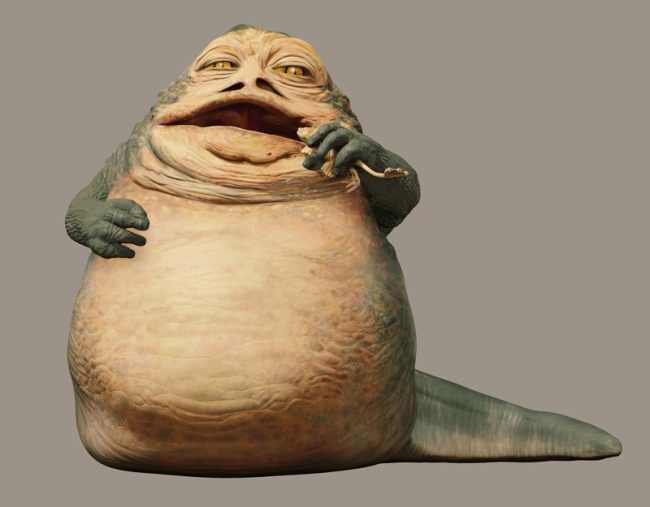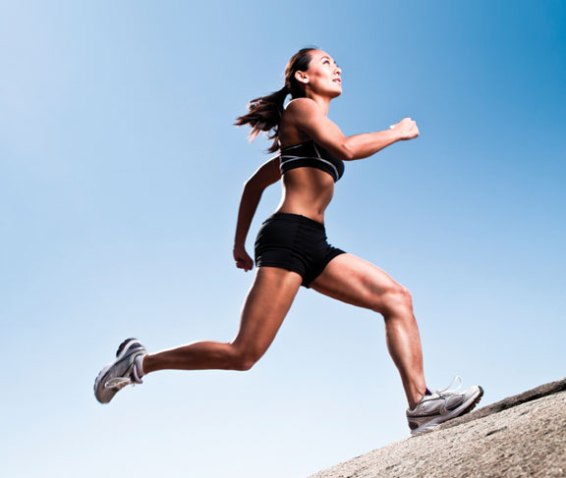A simple thought that I fully believe in….We were designed to move, and to move often.”
If not, we would have evolved looking more like this:
When we would much rather look sort of like this…
Prolonged sitting in both working conditions and at home has become commonplace in many peoples lives. A sedentary lifestyle with little, if any form of exercise has been associated with numerous negative health effects including muscle loss, circulatory disorders, increased risk of diabetes, weight gain, obesity and cardiovascular disease.
Ever wonder why you feel so exhausted after a hard day of work….when you mostly sat down the whole time? Blah blah blah “The job stress wears me out” Blah blah blah “I have a ton of work responsibility” Blah blah blah.
Results or Excuses. Pick one, you can’t have both.
In my own work, I have worked with numerous clients with lumbo-pelvic hip complex issues, spinal instabilities and various other limitations that could be directly linked to a life where prolonged sitting was a significant factor.
Guess what? They are making a change in their lives and improving each week Some are no longer in pain, all have improved range of motion, all have lost weight, gained muscle or at least improved the quality of their daily lives and can enjoy activities that they couldn’t do before. Guess what else? They are busy people, with the same stresses and responsibilities that everyone else has.
According to Livestrong.com, the effects of prolonged sitting can have the following effects on your muscles alone:
Erector Spinae: Most people slouch forward when seated. This is often because chairs lack the necessary ergonomic lumbar support necessary to keep the spine upright or computer screens are not correctly positioned. This slouched position places the erector spinae muscles in a stretched position. Prolonged stretching of this or any other muscle can result in weakness and, subsequently, injury.
Butt muscles. The largest muscle in your body, your glutes are in a stretched position when you are seated. Sitting for a long time can cause atrophy or weakening of your glutes and also make them less toned. Weak and essentially flaccid glutes, combined with weak errector spinae muscles, increase your risk of back injury especially when lifting — your glutes are your primary hip extensor muscle and are vital in any lifting-type movement. Weak glutes increase the load on your back muscles, which are also likely to be weak from extended periods of sitting.
Hip Flexors: Your hip flexors oppose your glutes and are located on the front of your hips. Long periods of sitting can make these muscles short and tight. If you have tight hip flexors, when you stand or walk, the bottom of your pelvis is likely to be tilted forwards — this is called a posterior pelvic tilt. This pelvic anomaly flattens out the natural curve in your lower spine and increases your risk of back injury. A posterior pelvic tilt also makes your lower abdomen rounded and creates a pot-belly appearance.
Rectus abdominus: The rectus abdominus, abs for short, is in a flexed and contracted position when you sit and slouch forward. Sitting this way for prolonged periods of time will make your abs shorter and tighter and may result in a rounded back posture called hyper-kyphosis. Tight abs pull you down and into a slouched posture, which makes your stomach bow outward.
Hamstrings: Sitting in a chair or on a sofa involves keeping your knees bent for long periods of time. This places your hamstrings, located on the rear of your upper thighs, in a contracted and shortened position. Combined with tight hip flexors, tight hamstrings will pull your pelvis into a posterior tilted position, contributing to a flat lower back and rounded lower abdomen.



